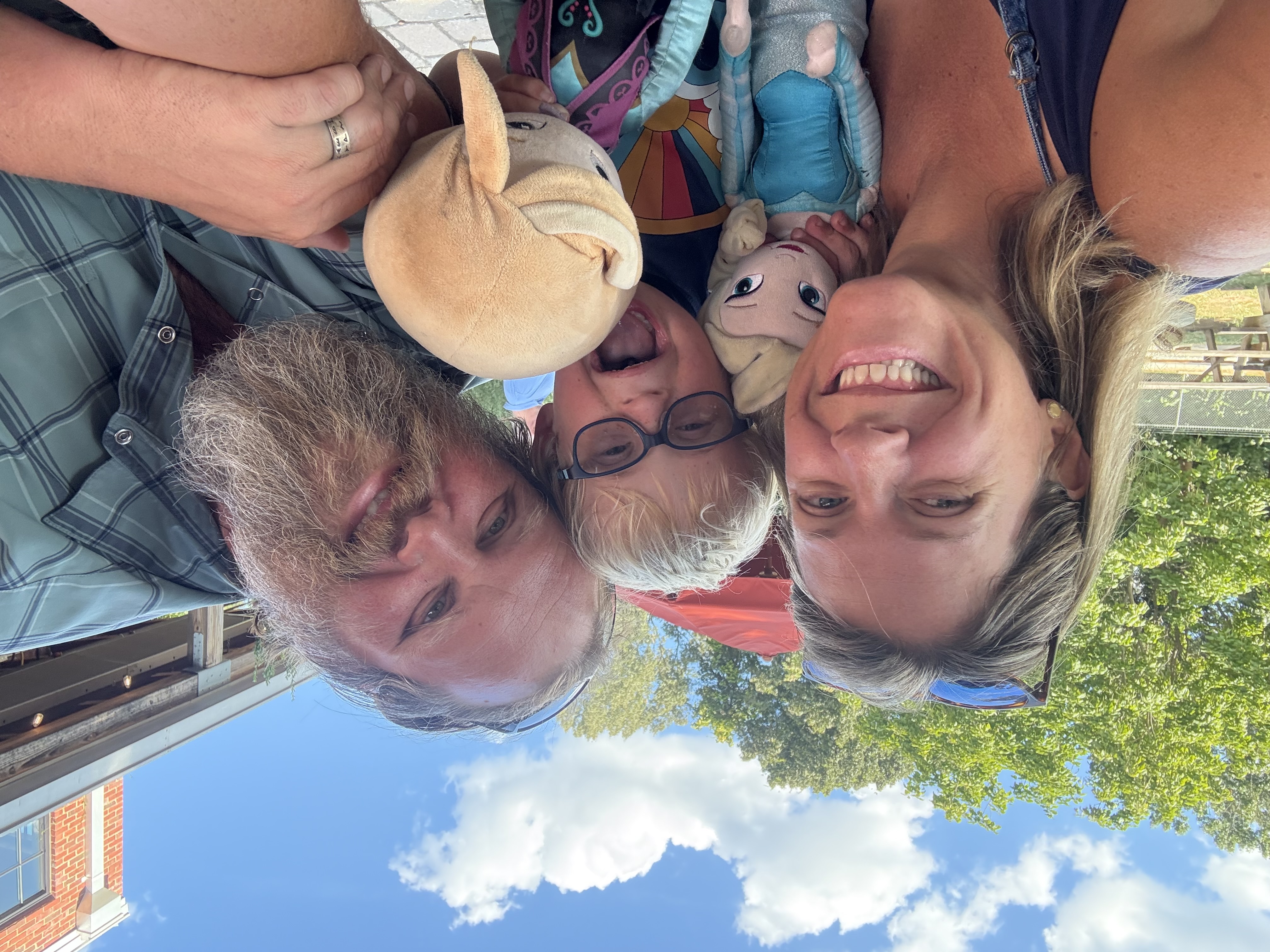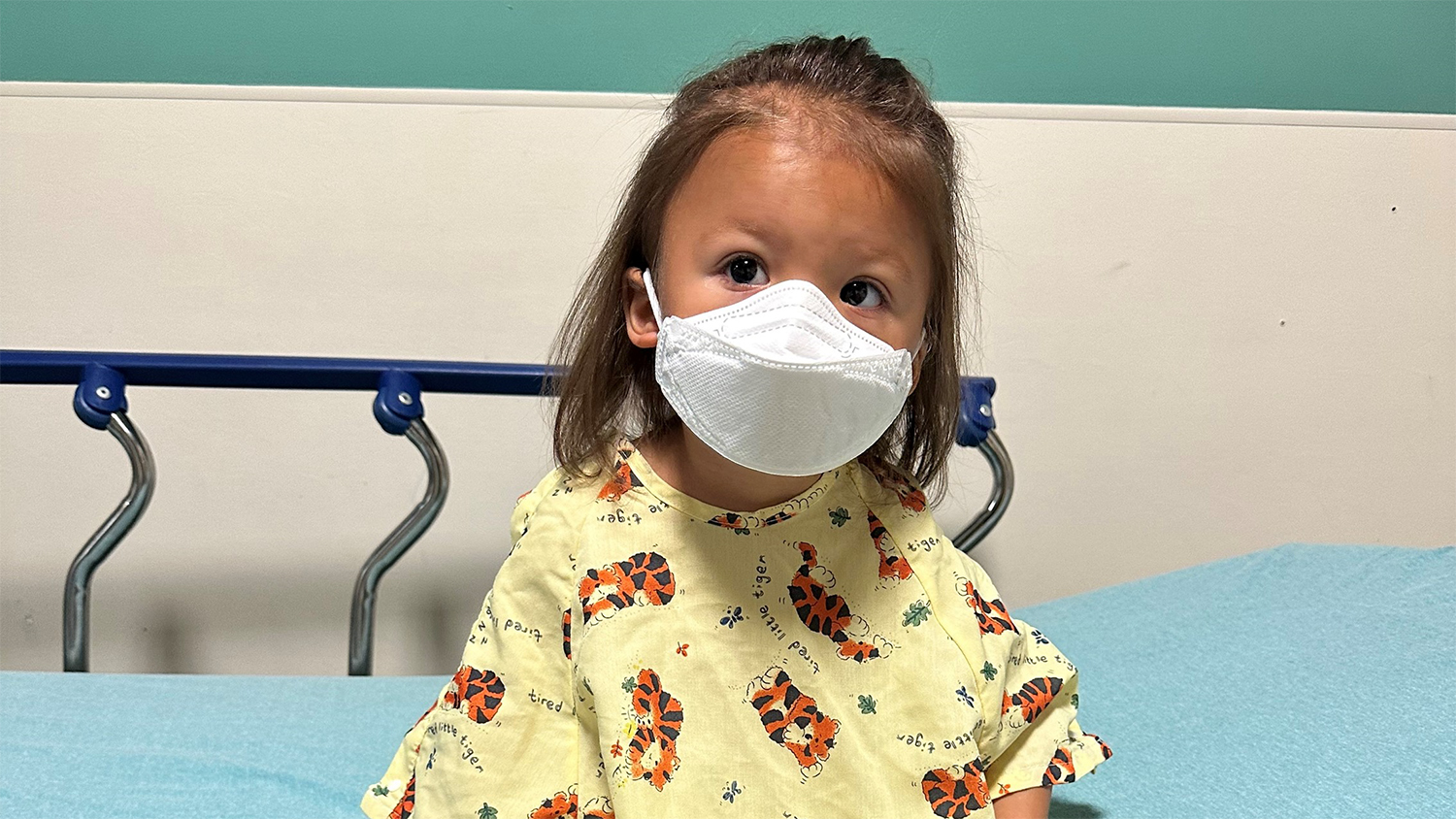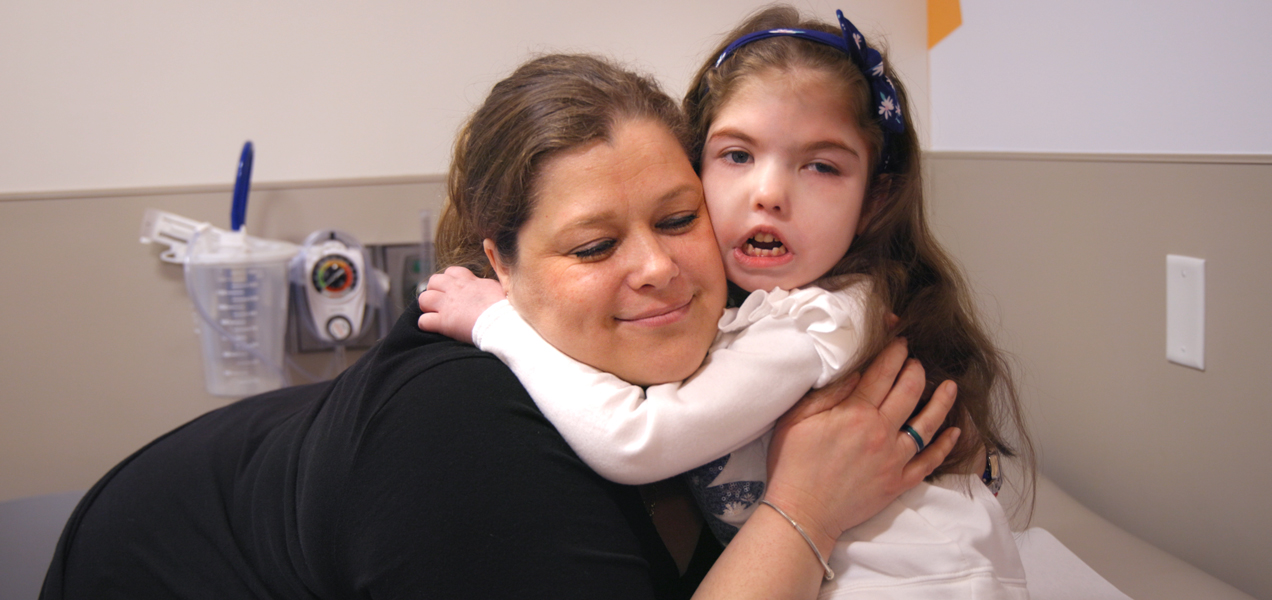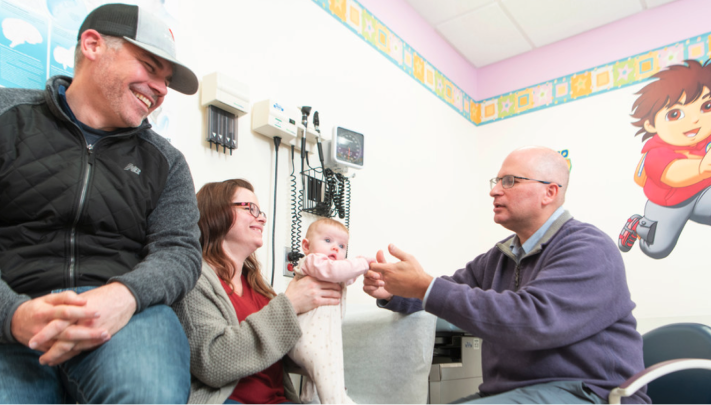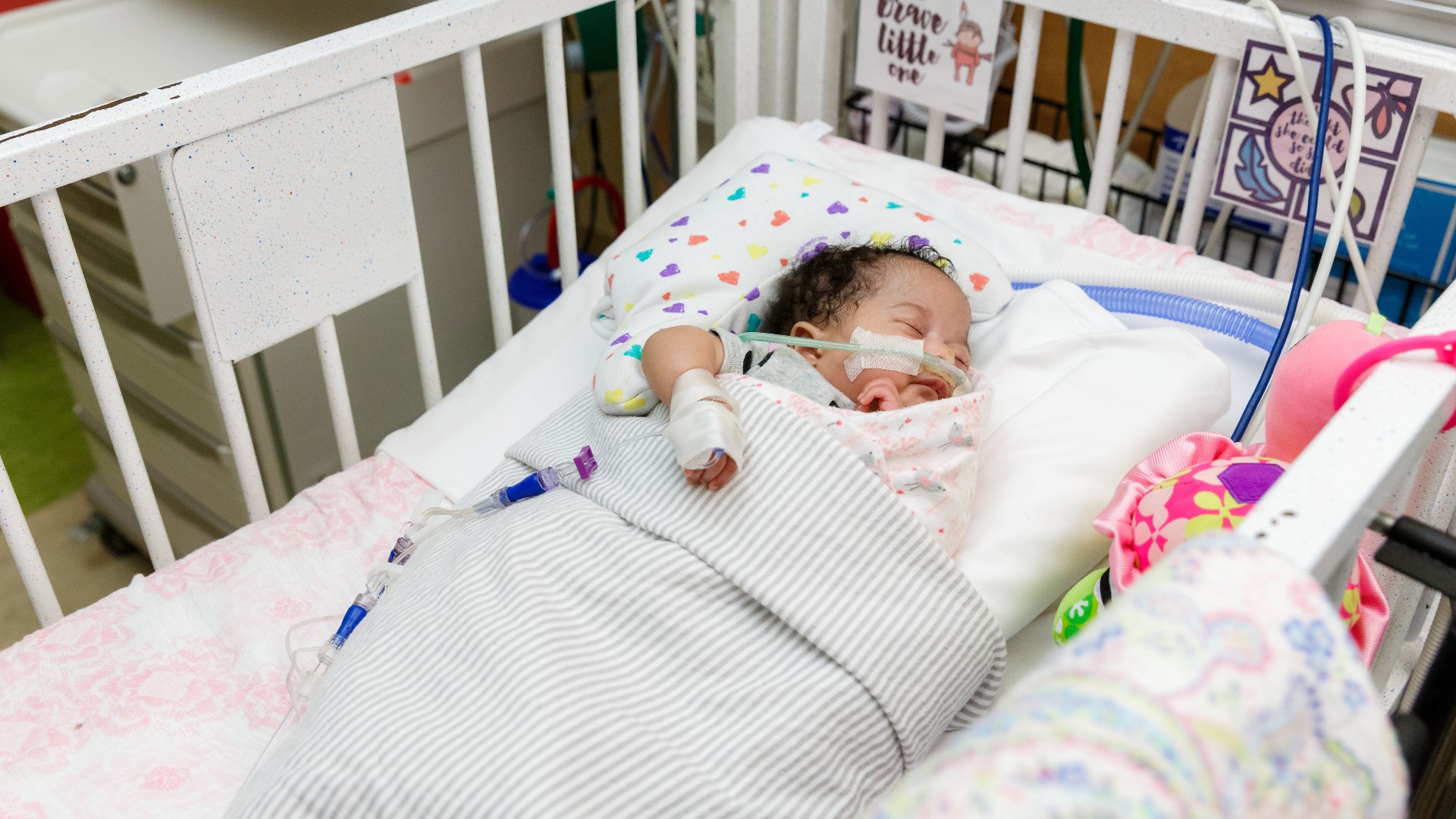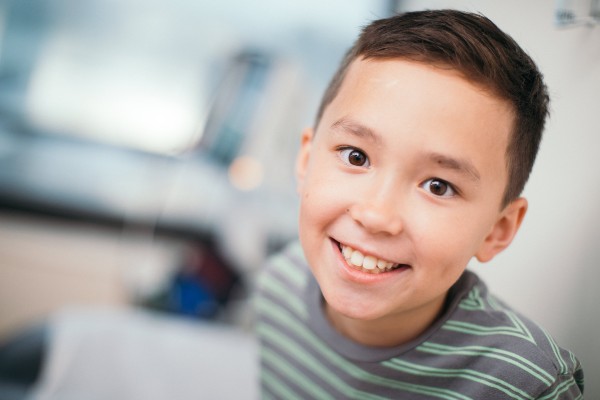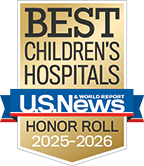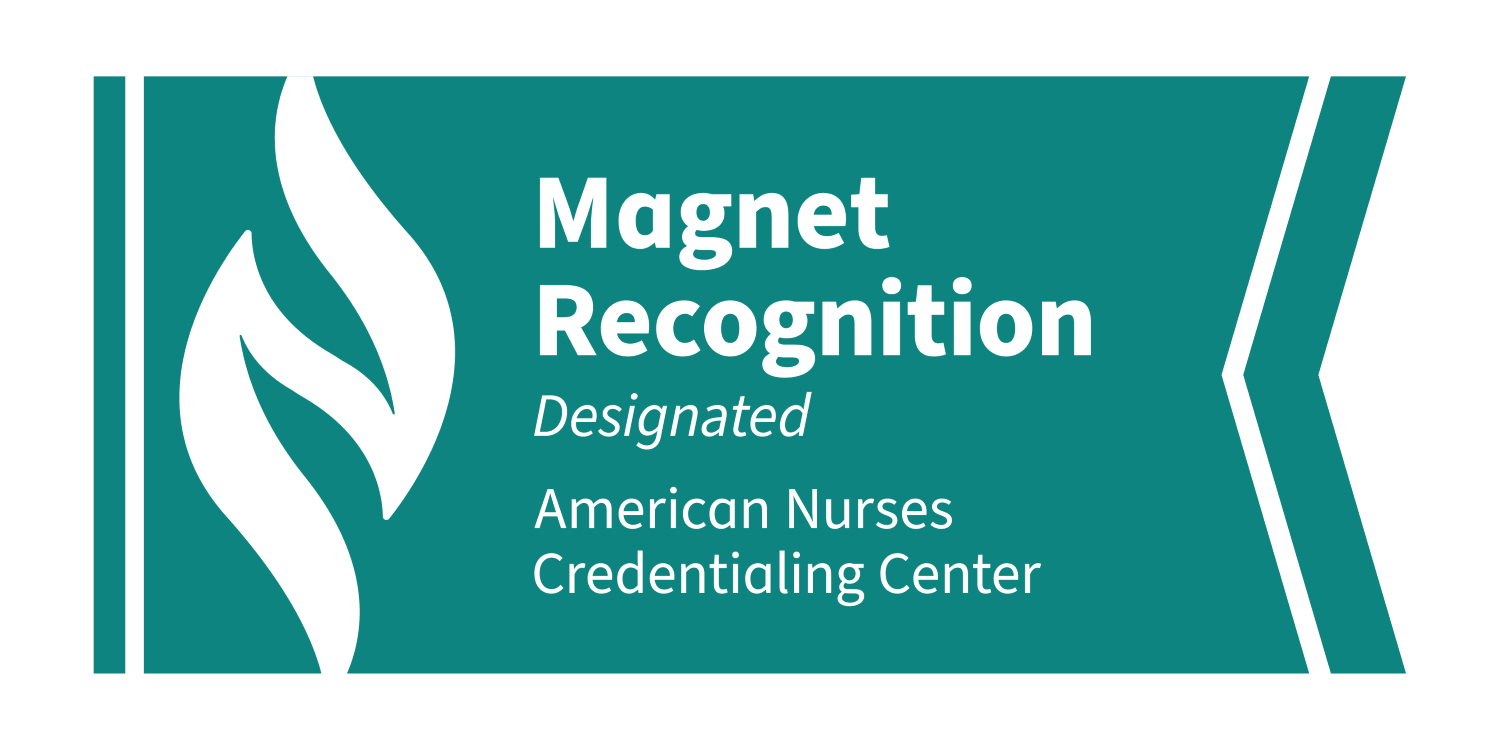Condition
Pediatric Hirschsprung's Disease
What You Need to Know
Hirschsprung's disease is a rare birth defect that affects the nerve cells in the large intestine.
Key Symptoms
Symptoms of Hirschsprung's vary by age (see more below), but common symptoms include:
- Constipation
- Loss of appetite
- Watery stool or diarrhea
- Delayed growth
Diagnosis
Diagnostic tests for Hirschsprung's disease include:
- Abdominal X-ray
- Barium enema
- Anorectal manometry
- Biopsy of the rectum or large intestine
Treatment
Treatment depends on your child’s symptoms, age, general health and the severity of their condition. Below are possible surgical options for Hirschsprung's disease:
- Pull-through surgery
- Ostomy surgery
- Colostomy
- Ileostomy
About Hirschsprung's Disease
What is pediatric Hirschsprung's disease?
What are the symptoms of Hirschsprung's disease in children?
What is Hirschsprung associated enterocolitis?
How does Hirschsprung's disease manifest in infants?
How is Hirschsprung's disease diagnosed in children?
Schedule an Appointment
Our pediatric specialists provide personalized care for your child’s physical, mental and emotional health needs. Meet the providers who treat Hirschsprung's disease and schedule an appointment today.
Departments that Treat Hirschsprung's Disease
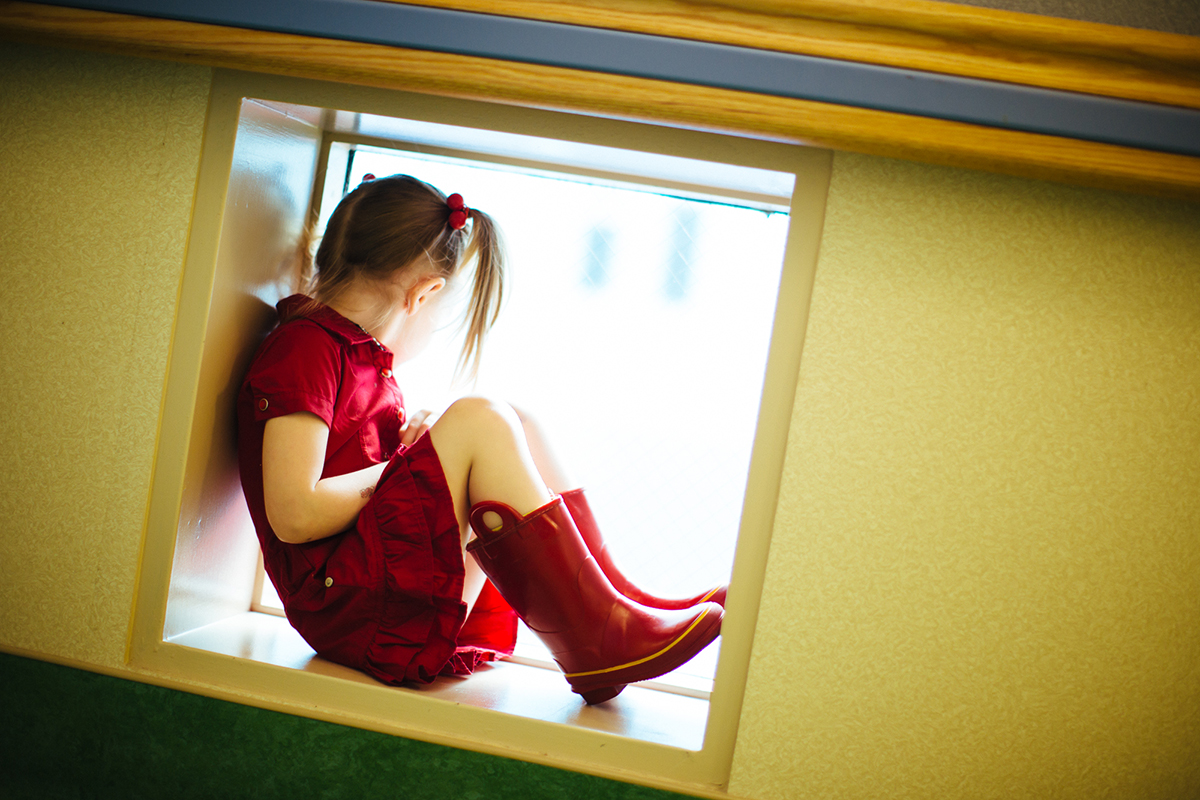
Comprehensive Motility Program
The Motility Program works to help treat a number of motility issues impacting your child's digestive tract, including abdominal pain, aspirating, constipation and incontinence. Learn more about our Comprehensive Motility Program.

Help Kids and Make a Difference
Invest in future cures for some of life's most devastating diseases. Give today to help more children grow up stronger.

